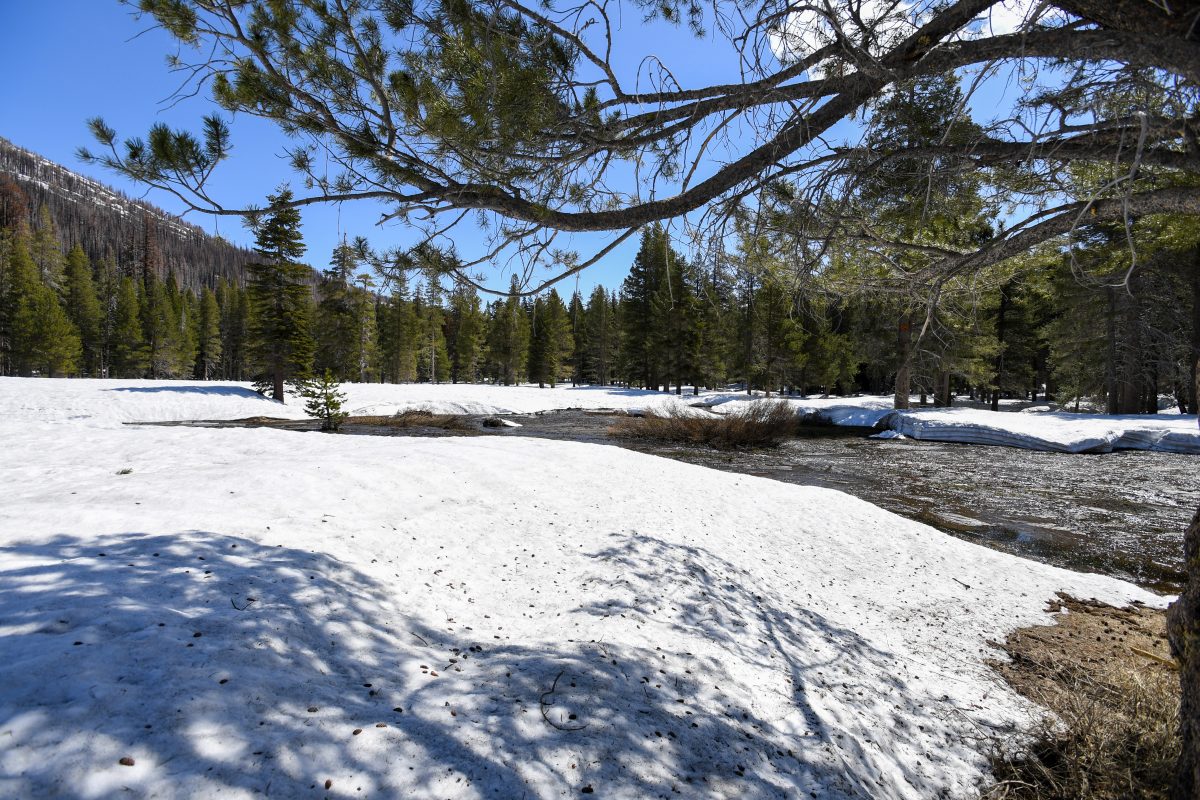If Mother Nature is the sergeant-at-arms of the forest world, then Missy Lahren might just be head of its legal branch. In her three decades of environmental law, Lahren has battled on behalf of forests around the world and even sought to give them their own legal rights in court.
“These are magic places for all of us,” Lahren said, standing in a wooded area of San Francisco’s Presidio, where she’s lived for 25 years.
Lahren’s organization, Earth Law Center, has waged legal fights on behalf of forests and wild lands in a number of countries, successfully wielding a cutting edge legal instrument called Rights of Nature.
“Rights of Nature are giving nature a formal voice in the legal system,” Lahren said. “Where they have personhood, where they have a day in court, where they have a voice under the law.”
Get a weekly recap of the latest San Francisco Bay Area housing news. Sign up for NBC Bay Area’s Housing Deconstructed newsletter.
It’s essentially declaring forests individuals, granting them standing in court cases. In 2008, Ecuador became the first country to add Rights of Nature to its constitution, followed by Bolivia, Panama and soon Aruba, giving voice to not only forests but even sea turtles.
More recently, Lahren’s fight has been closer to home.
On the Elwha River in Washington’s Olympic Peninsula, Earth Law Center helped lead the charge to push the National Park Service to tear out a pair of century-old dams with the intention of restoring once-thriving salmon runs. Following their removal, the Earth Law Center then sued the state to prevent it from selling adjoining river lands to timber companies for logging.
After a judge declined to block the sale, Washington entered an agreement to sell the land to a timber enterprise for $600,000. In response, Lahren and her group began filming a documentary film about the plight of the Elwha to bring the issue and sale to light. Filming wasn’t even completed before the outcome changed.
“On our last day of filming, on day 10, the state decided to revoke the timber sale," said Lahren. "And so it’s a big win.”
Fresh off victory, Lahren said the 20-minute film, titled "Last Stand, Saving the Elwha River’s Legacy Forests," has more to accomplish. She said there are 850 acres along the river that still need to be protected.
Even before Lahren began her several decades of legal work on behalf of the environment, she was keenly tuned into its struggles.
“You know when I was young I saw the destruction of the natural world happening all around me, especially in the oceans,” she said. “It was really hard to bear. So I decided I was going to dedicate my career to doing something about it."
After graduating law school in 1991, Lahren began her career as a Clean Water Act lawyer, bringing lawsuits under environmental laws to clean up and protect the San Francisco Bay.
Another project found her working to convert San Francisco’s Presidio from an army base into a national park. She later moved into a house in the park, where she’s lived for more than two decades, turning to its verdant forests for inspiration and solace.
“I feel at peace, calm, inspired,” Lahren said, ensconced in a dense stand of Presidio trees. “I rest when I come out here.”
Often she finds herself walking the Presidio’s National Cemetery, with its stunning twin views of forest and bay.
“I always think everything in nature is either being born or dying," she said.
Through her legal work, Lahren has devoted her self to defending the living, especially at such a critical juncture in history where many environmental laws have lost step with a changing climate.
“The laws as they’re written were not written to respond to the current situation with climate change and bio diversity laws," she said.
With the climate challenges at hand, Lahren and Earth Law Center are fighting for future generations, indigenous interests and public guardianship through the Rights of Nature legal strategy turned movement.
As she walked down a rugged path of the Presidio, Lahren bent down to uncover a single orange poppy tucked beneath the thick foliage, gazing at the singular flower with excited admiration.
“There’s so many reasons to fight for a forest. There’s to protect biodiversity, there’s carbon drawdown, but it’s also for their intrinsic value to be,” Lahren said, pausing to add another reason to her forest-saving list. “Humans need places like this.”




